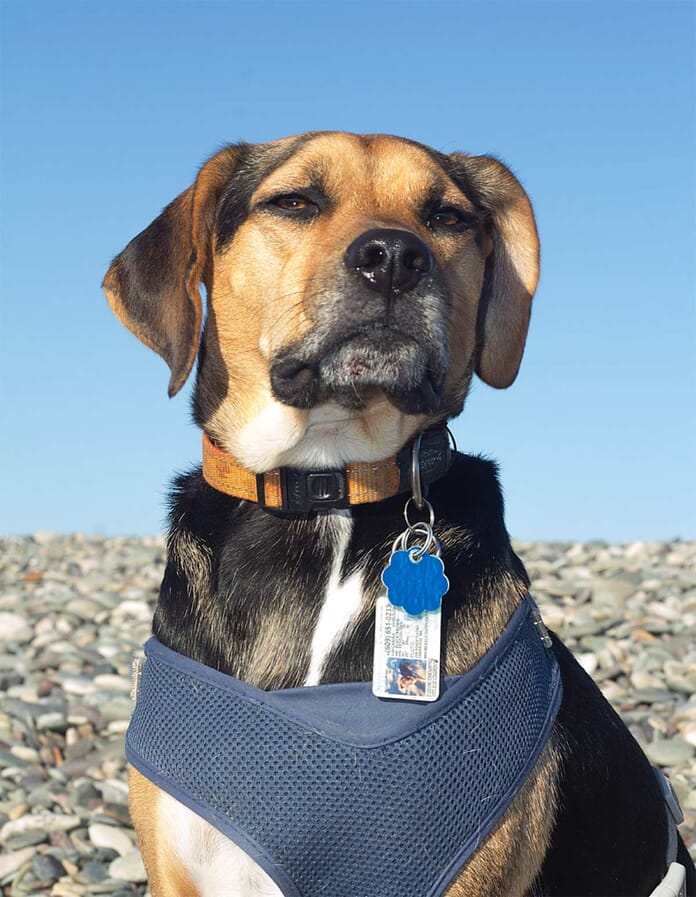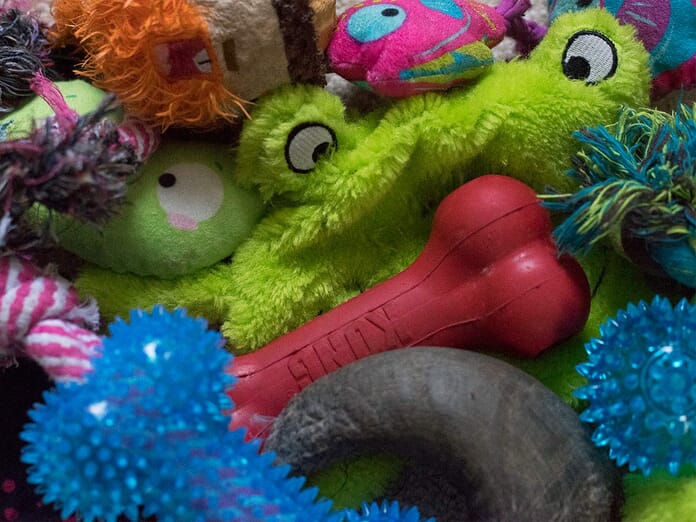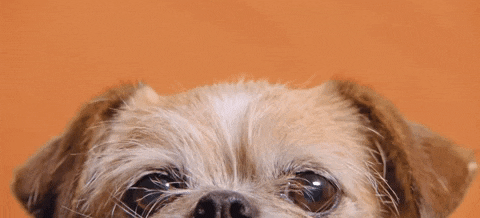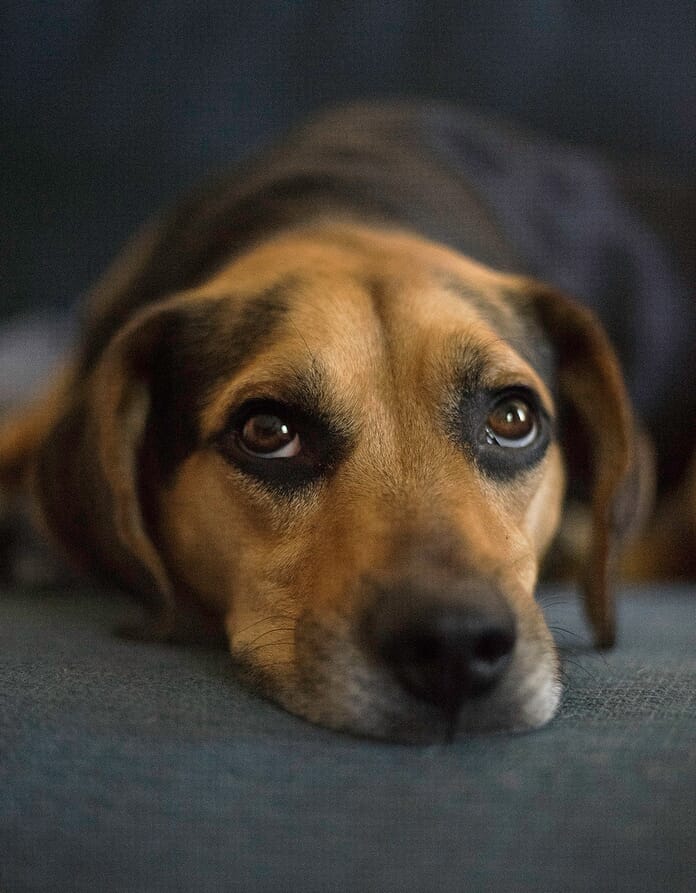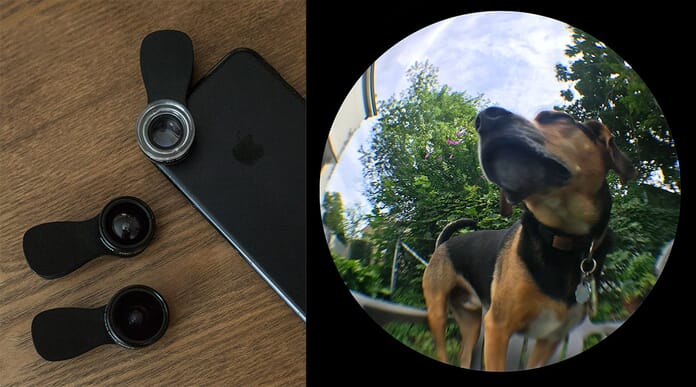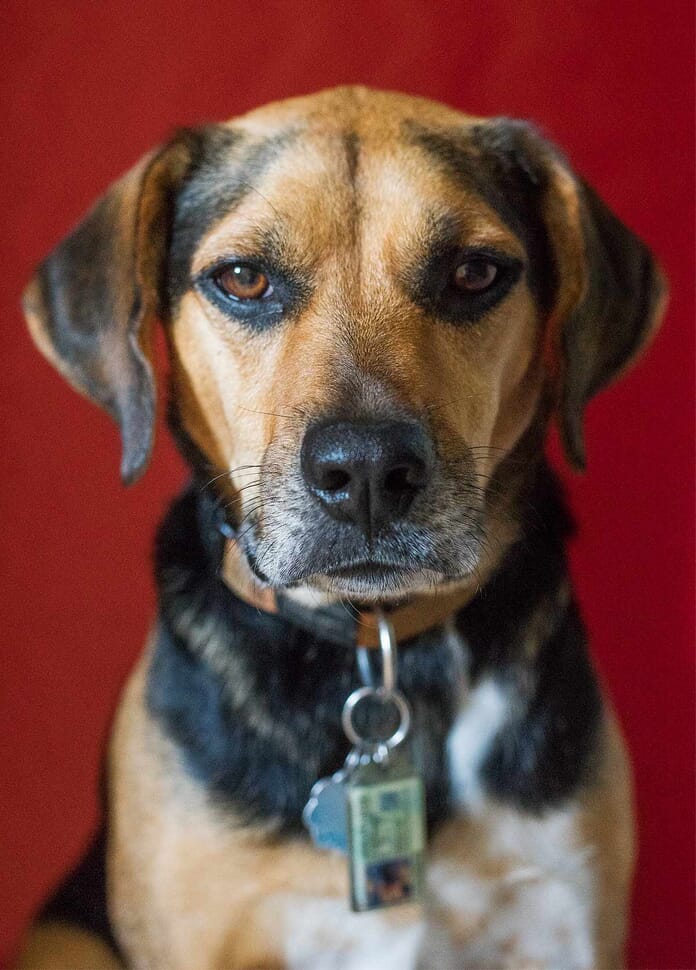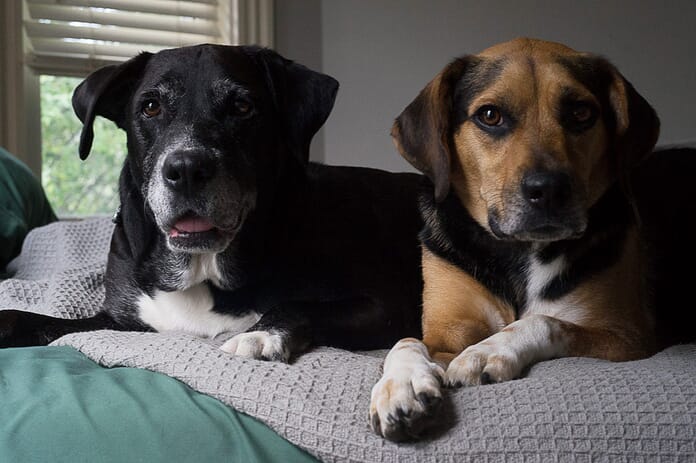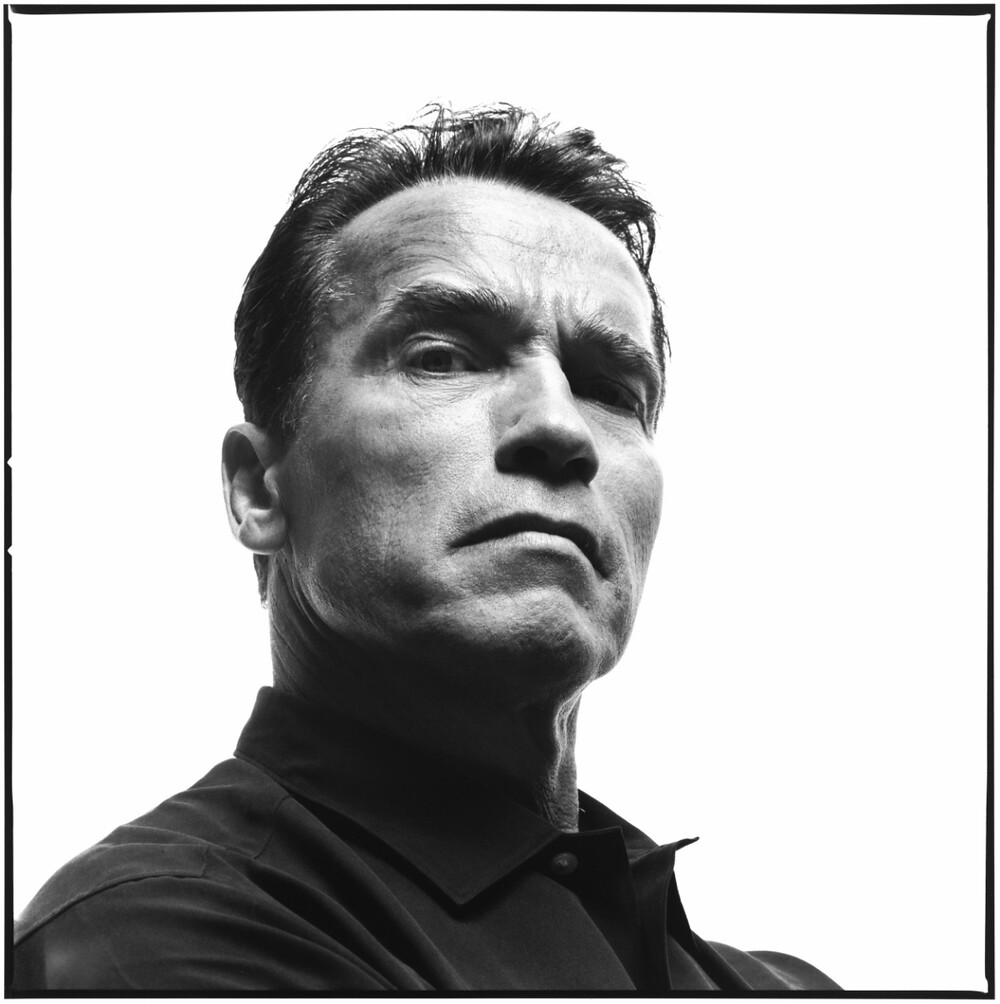Fake it to Make it – Creating Convincing Photo Composites
Photo composites – it used to be said that “the camera never lies.”
We used terms like “photographic evidence,” and “photographic memory.”
We believed whatever cameras captured were literal representations of
fact depicting exactly what you would have observed had you been a
witness to the scene.
Then, as editing techniques improved, photographers learned ways to enhance and even alter images.
Well before the days of digital photography, dodging, burning,
airbrushing, layering of negatives, hand-painting, and a host of other
“analog methods” were used by skilled photographers seeking to enhance
and manipulate their images. Sometimes this was in the name of art,
other times to fool the viewer.

“Father
McKenzie wiping the dirt from his hands as he walks from the grave.”
Assignment – depict
a Beatles song title or lyric. I used a photo of a
Vermont graveyard, made a shot of myself in the
backyard, and with some
creative compositing depicted the lyric from “Eleanor Rigby.”
Enter the world of digital photography and desktop editing programs.
It wasn’t long before we used the term
“Photoshop”
not only as a noun as the tradename of an editing program but as a verb
describing the manipulation of an image using that tool. When we now
say an image has been “Photoshopped,” we are saying it has been
digitally altered. The camera might not lie, but the photographer can
if they choose.

It took a while to clone out all the footprints from this shot of Bandon Beach, Oregon.
The ethics of photo alteration
So, is altering your image a bad thing? Unethical?
I’d say that depends on your intent and the context in which you’re
using the image. We’ve all heard the term “fake news.” If you are a
photojournalist
whose job it is to depict a scene truthfully, then the rest of this
article is not for you. Move along… “creative photo editing” is totally
taboo for you. Enough said.
For the rest of us, is photo manipulation acceptable? How much? What kind? Under what circumstances?
Let’s come back to those questions a little later after we’ve looked at some kinds of photo “enhancements.”


A balloon over Boise, Idaho landmarks. One is composited the other a straight shot. Can you spot
the fake?
Bad magic
Have you ever had the misfortunate of watching a really bad magic
show, the kind where the unskilled magician clearly doesn’t know his
craft and the illusions are obvious? You know, without question, there
really
was something up his sleeve? Bad photo manipulation is like bad magic; neither should be performed for an audience.
If your techniques aren’t convincing, if the substituted sky doesn’t
look right for the scene or the person composited into the group shot
looks like you cut him out and pasted him onto the photo, you might not
be ready to perform your photo magic. Learn how to do the “trick.”
Practice, practice some more and show the result to a single critic.
When you finally pass muster, only then show your creation to the
masses.
SOOC?
Most of us do at least some standard photo editing. I always smile at
those photographers who say with pride their images are
“Straight-Out-Of-Camera” (SOOC), unedited. That they always “get it
right in the camera.” Really?
Unless
you’re making only .jpg images (where the camera itself is doing some
editing using the built-in .jpg algorithm), you have a
Raw image that needs at least basic editing even to be presentable.
Sure, make the best exposure you can in the camera, frame your shot
so no cropping will be needed. Pick a white balance appropriate for the
scene – those are all good habits. But having to edit your shot to bring
out its best? – That’s only logical, IMHO.

I had nice shots of a storm over a wheatfield and a good windmill silhouette. Creative photo
composite at work.
Creative photo composites
Now we get to what is clearly photo manipulation, the creation of an
image from multiple pieces. This is the assembling of a final photo
composite from separate shots carefully crafted to make something better
than you could make with a single exposure.
Do it well, and you can make scenes that depict your creative vision.
Create things of beauty that never were but should have been;
landscapes with great clouds, gorgeous sunsets, or maybe
portraits
done in fields of flowers. Do it well, and people will marvel over your
creation, unaware of your magic. Do it poorly, however, and you’ll wind
up with a Frankenstein monster, a badly-stitched horror assembled from
unmatched pieces and parts.
So let’s look at some things to consider when creating convincing photo composites.

I
think the scale looks correct here, but a pilot might say a jet
wouldn’t come in like this on final
approach. Both planes are composited
into the sunset shot.
Light and shadow
Let’s use an example where we might add a person to a scene they were not originally in.
You have the image of the scene, and you have a separate image of the
person. The first question to ask yourself is, does the light direction
match? Look at where the light and shadows fall in both images. If the
light in the person image is coming from the left, the light in the
background scene must come from the left too. Fail to check this, and
even the untrained observer will look at your photo composite image and
know something isn’t right, even if they can’t put their finger on it.
Sometimes you can flip the person or the background image so the
light direction matches; it depends on the scenes you’re working with.
Other times you’ll have to look for a different background with a better
match.

The scale may not be correct, but creative compositing is a new fun
way to play with your grandson.Pay close attention to the direction and
quality of
shadows.
Compositing images where the light in one piece is harsh with hard
shadows and the other where the light is brighter, darker, softer, or in
some other way different will be a giveaway of something fishy.
Sometimes you might have to add a shadow manually. Say you’re adding an
image of a car
to another image of a road. Consider where the shadow of the car would
fall relative to the light in the scene. Then blend in some shadows if
necessary to make a more convincing photo composite.
Angle
The camera angle and
focal length
of the lenses used to make the separate shots should match as closely
as possible if you want to make convincing photo composites.
A high or low angle background with a differing angle composite
overlay isn’t going to look right. This even applies to sky
substitutions.
If you want to make photo composites of a landscape and change out
the sky for perhaps one that has a nice sunset or better clouds, take a
look at the angle of both shots and the focal length of the lenses used.
You’ll be able to tell if something just doesn’t look right.

A
gray rainy day at the Portland Head Lighthouse in Maine. The lighthouse
needed a light beam,
no? Easy to add one. Convincing? You tell me.
Color
Sometimes this can be the toughest one in getting good convincing
photo composites. Images at different times in different locations are
almost guaranteed to have slightly different white balances. Mix a
cooler piece into a warmer scene, one where the tint is slightly
different, or other subtle differences exist, and once again, your
viewer will detect that card up your sleeve.
See if you can set a
white balance in Lightroom
for your base image and then, using the Sync feature, apply that same
white balance to your inserted image. Then take both into Photoshop for
your compositing work.
Sometimes the best option for avoiding a fight with color differences is to avoid color altogether and go
monochrome
with your image. A monochrome composite is far easier to pull off than a
color one. It’s a good place for beginning “photo magicians” to start.

The moon was in the original shot, but tiny. I enlarged it a bit, but not so much as to be unbelievable.
Scale
Pay attention to match the relative size of images in your photo
composites. Unless you’re trying to make the model in your shot look
like a fairy on that forest log, matching size counts.
The
student who missed the group shot of his class, but you later composite
him in, probably won’t appreciate it if you make him look like he has a
giant head relative to the others in the shot.
Whatever multiple pieces you use to make your image, consider how their relative sizes match.

Fake moon composited in? Not this time. This was a telephoto shot which made the already large
full moon look even bigger.
Anything funny here?
After working to create a convincing photo composite, it can be hard
to be objective. You’ve worked hard to get it just right but sometimes
may have misgivings about whether everything looks natural.
Or it could be the other way; you’re convinced you’ve created the
perfect composite, but have overlooked what to someone else is obvious
fakery. This is the time to bring in someone else, someone who has no
idea what you’ve been working on, to look at your creation.
Simply ask, “How’s this look?”
Don’t immediately tip them that you did something to the image – see
if they detect anything. If they don’t, drill a little deeper.
“See anything unusual?” Pay attention to their answers.
If this is someone who knows your skills, they may suspect you
switched out the sky, put that cute bunny in the forest scene, or
digitally shaved some pounds from the model. However, even then, they
should be able to tell you if your creation is convincing.
Because you can…
The second part of that saying,
“…doesn’t always mean you should.” Or as Uncle Ben told Peter Parker, (aka Spiderman),
“With great power comes great responsibility.”
With practice, you may become highly skilled at photo composites. Alter a photo,
replace the sky,
make it jaw-droppingly beautiful, and no one thinks twice. Even fellow
photographers marvel over the sunsets you always seem to catch, the
great light, the pristine beaches with no footprints, litter, or people.
They chalk up your beautiful images to stellar photo skills, hard work,
sacrifice, and a healthy dose of good luck. They don’t realize you made
your own luck, as well as that incredible ocean sunrise, with creative
photo compositing.
Until one day, the truth comes out…
You’re just an average photographer but a great Photoshop artist.
One guy who understands where to draw the line is noted landscape
photographer, Nick Page. I once had a chance to interview Nick on the
subject of swapping skies in
landscape photography.
In addition to being an exceptional landscape photographer, Nick is
also a gifted editor. If anyone could fool you with a creative
composite, Nick could do so easily.
He could, but he doesn’t.

He could, but he doesn’t. His amazing photos are the real deal. Photo by/courtesy of Nick Page.
“With my Landscape photography, I have drawn the line in the sand,
(in my head anyway), that I will not composite or swap skies. For me
this comes down to two things,” Nick said.
“My favorite part of landscape photography is trying to chase the
light, and have that great light line up with a great location. This
takes tons of planning and effort, and I love that aspect of
photography. If I were to start dropping skies into my landscape
photos, I would be robbing myself of the joy of “the Chase.”
And the second thing? “I want people to know and believe the photos I
take are real,” said Nick. “So many of the photographers I follow, I
can’t always trust that amazing light they always have in their photos.
Yes, it is an art, but I really enjoy the extra effort of trying to get
it for real, and I want people to know and trust that I put in that
extra effort.”

Creative photo compositing is a fun way to help tell the story.
As easy as a click – the rise of the robots
We’re headed for a major change in photo editing as we enter the dawn
of the Artificial Intelligence (AI) age. For some time now, computers
have been able to “recognize” images. Tell Google Photos to search the
entire internet for photos of even something improbable, green dogs, and
it almost instantly finds many. This is not a keyword search; it
“recognizes” the image of a dog and the color green and finds the
photos.
Facial recognition?
Lightroom can do that.
We already see better and better implementations of AI photo editing
tools too. How long will it be before an AI editing program can do a
better job than you? Maybe that day is almost here.


Sky substitution. Soon you’ll do this with one click with the Luminar 4 Sky Replacement AI tool.
Skylum Software recently announced its new Luminar 4 editing software with
“AI Sky Replacement.”
Not only can it replace the sky in a photo, but it also does it with no
selections, layers, or masking. It claims to handle even detailed
images such as fine tree branches extending into the sky. And, it goes
even a step further, using the colors of the replacement sky to better
match the scene.
Mixed emotions
I must confess, I have mixed emotions about software editing tools
that better the skills I’ve learned after hundreds of hours slaving over
a hot computer [Me too – Editor]. Or that don’t require I earn that
great shot by setting the alarm for 4:30, shivering in the pre-dawn
cold, and hoping the clouds and color are just right only to be
disappointed. One-click to a beautiful shot?
Could I, in good conscience, enter a contest with such a shot and
accept an award for “my” image? The one made with artificial
intelligence instead of just my intelligence and skills?

The
Yellowstone Bison endure harsh winter conditions. Think this one was
originally a part of this
shot? You’ve been “buffaloed.” Added with
compositing.
Photography and “real” art
I have to think that when photography first entered the scene,
traditional artists, painters, sketch artists and those who created
their art from scratch by hand had to scoff. Photographers had no
artistic skills, and they weren’t “real artists.”
Later, we transitioned from purely mechanical cameras to automatic
ones and from film to digital. Autofocus? Auto exposure settings? Auto
white balance? Pshaw!
How about processing negatives and film in chemical baths, working
with negatives and enlargers, dodging and burning with real tools and
real photographic paper? Do you say you do that all now in a computer
with a few clicks of a mouse? That if you make a mistake, you can simply
undo it and not have to throw away your work and start all over?
You call yourself a “real photographer?”

Experiencing the 8/21/17 total eclipse was amazing. I used creative photo compositing to sequence
my shots for this image.

I
made a shot of the forest near Crouch, Idaho the day before the
eclipse. The next day I capture
the “diamond ring” image of the eclipse.
It did look like this, but I’m not sure I could have captured
this in
one shot. Creative photo compositing.
Conclusion
You get the point. As technology marches on our tools change, we
find easier ways of doing things and more people are able to become
involved, not having to spend years learning complex skills. More
people can, with some technological assistance, produce better images.
One last thing to remember however, the human touch, the “soul” of
your photography, your personal vision will never be replaced by
“artificial” intelligence. Wise photographers still appreciate the
special skills of artists who create beautiful images by hand. Wise
digital photographers still appreciate the skills of analog film
photographers who created great photos with very basic equipment. And,
perhaps one day, you and I will appreciate the skills of a robot
photographer and an AI editor. Or maybe not.
Share this article.
